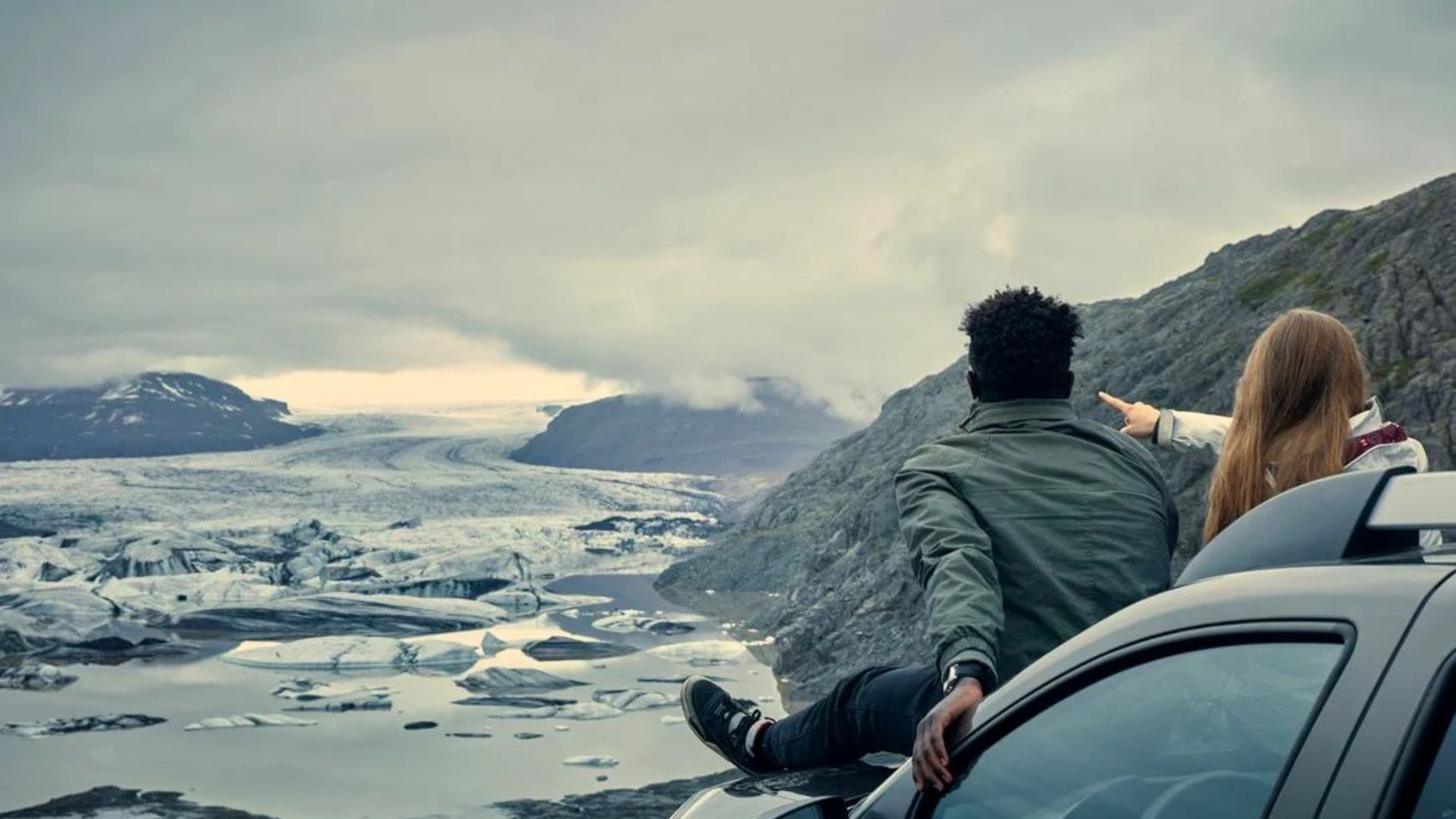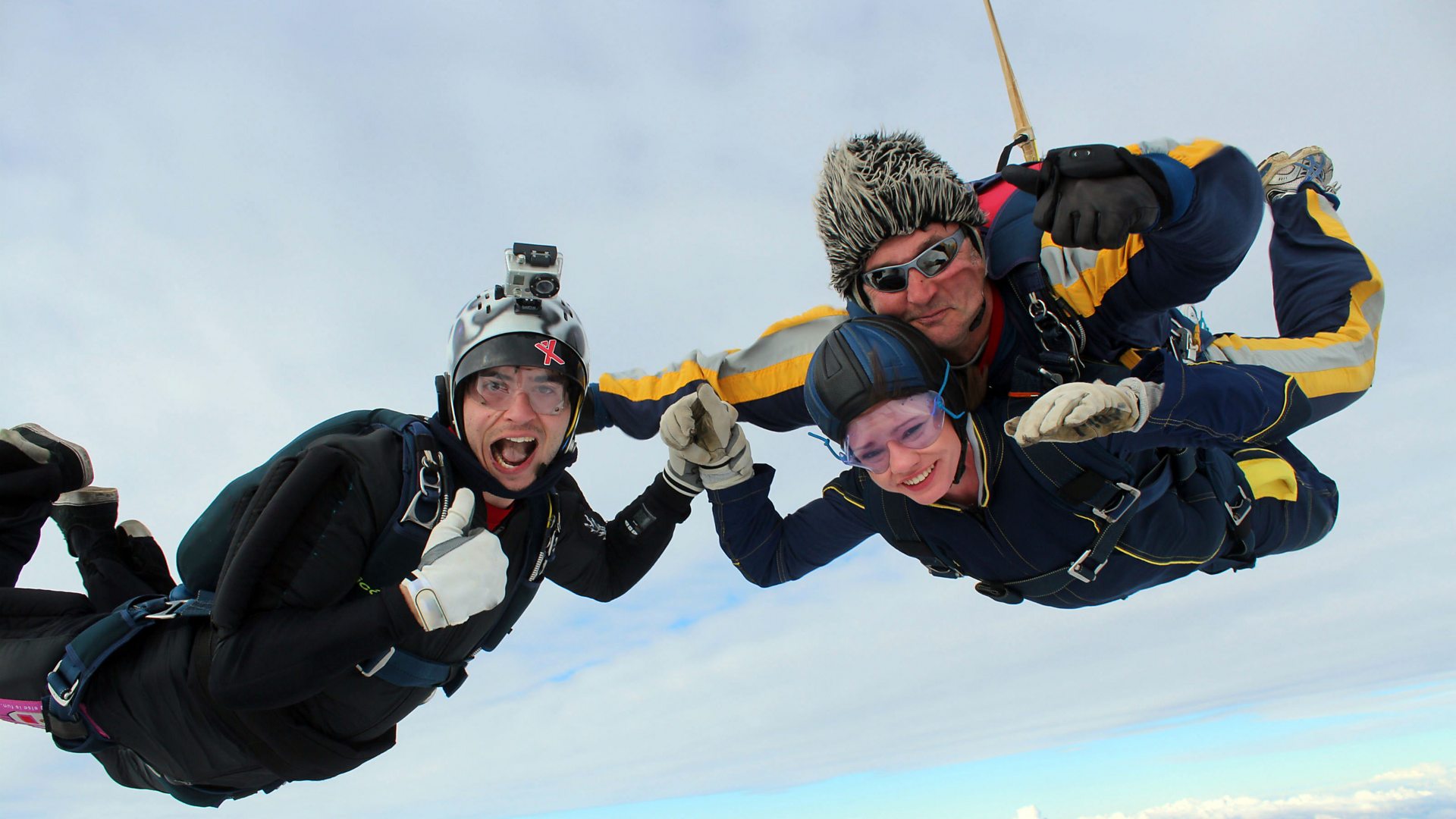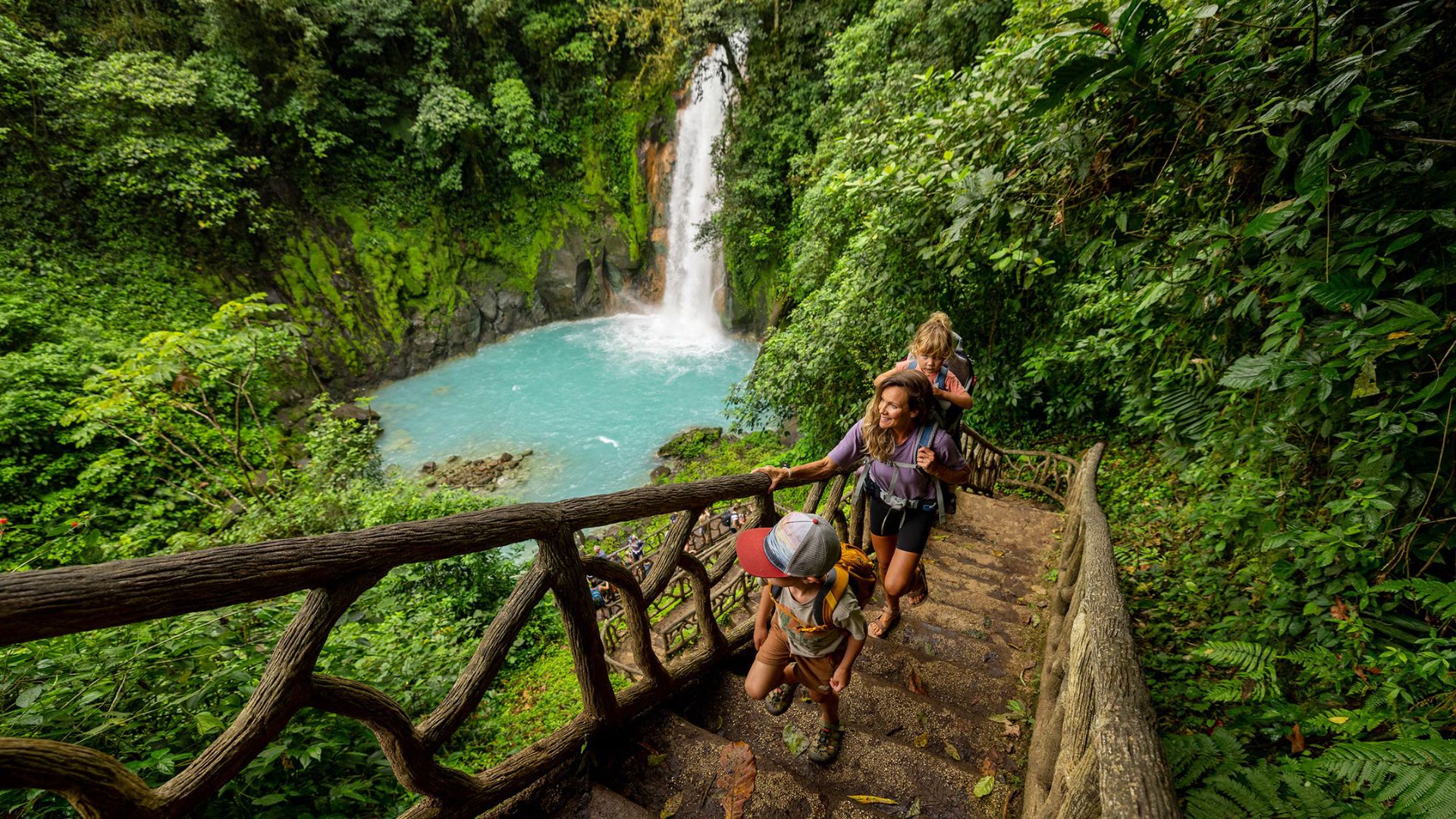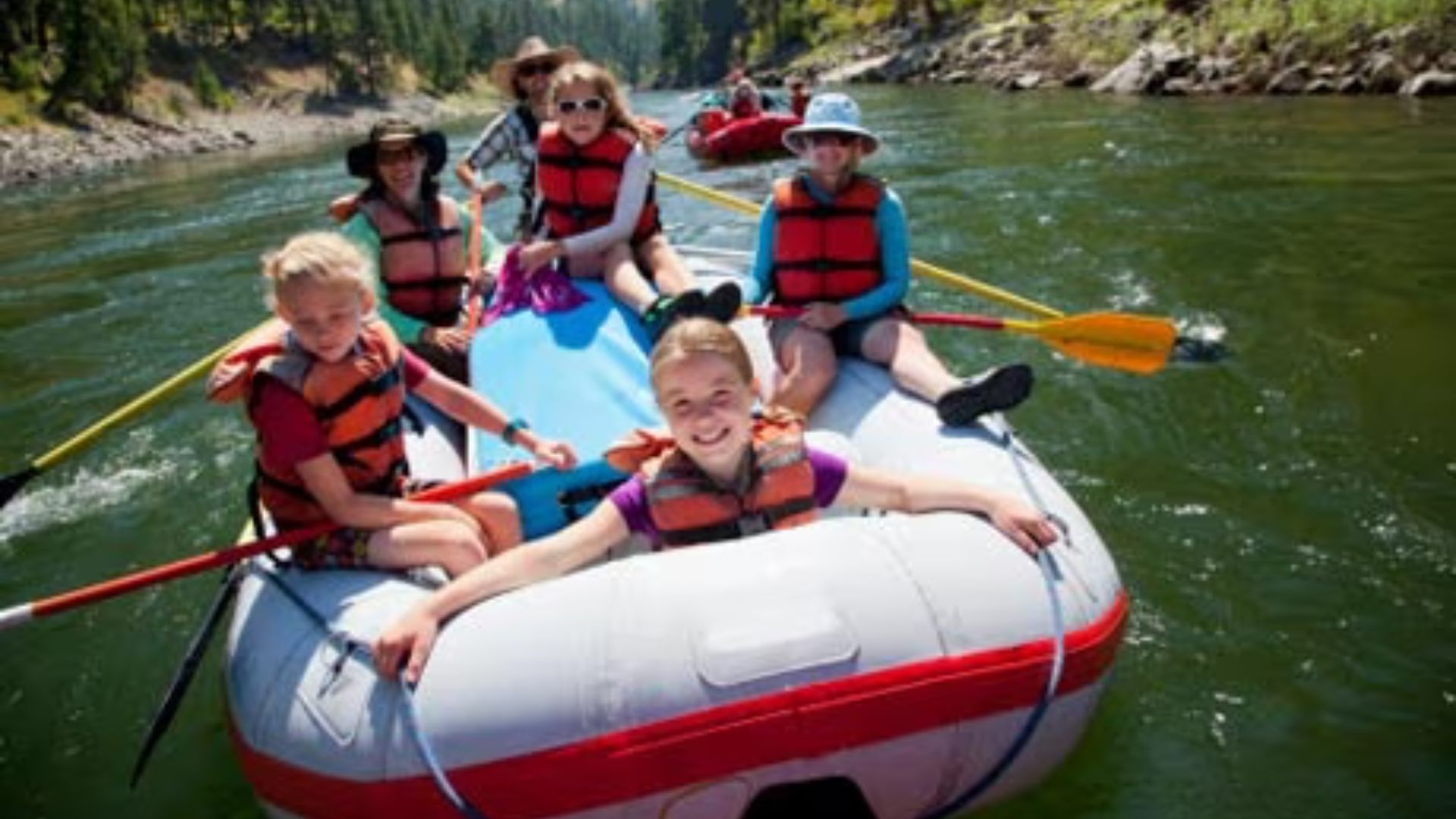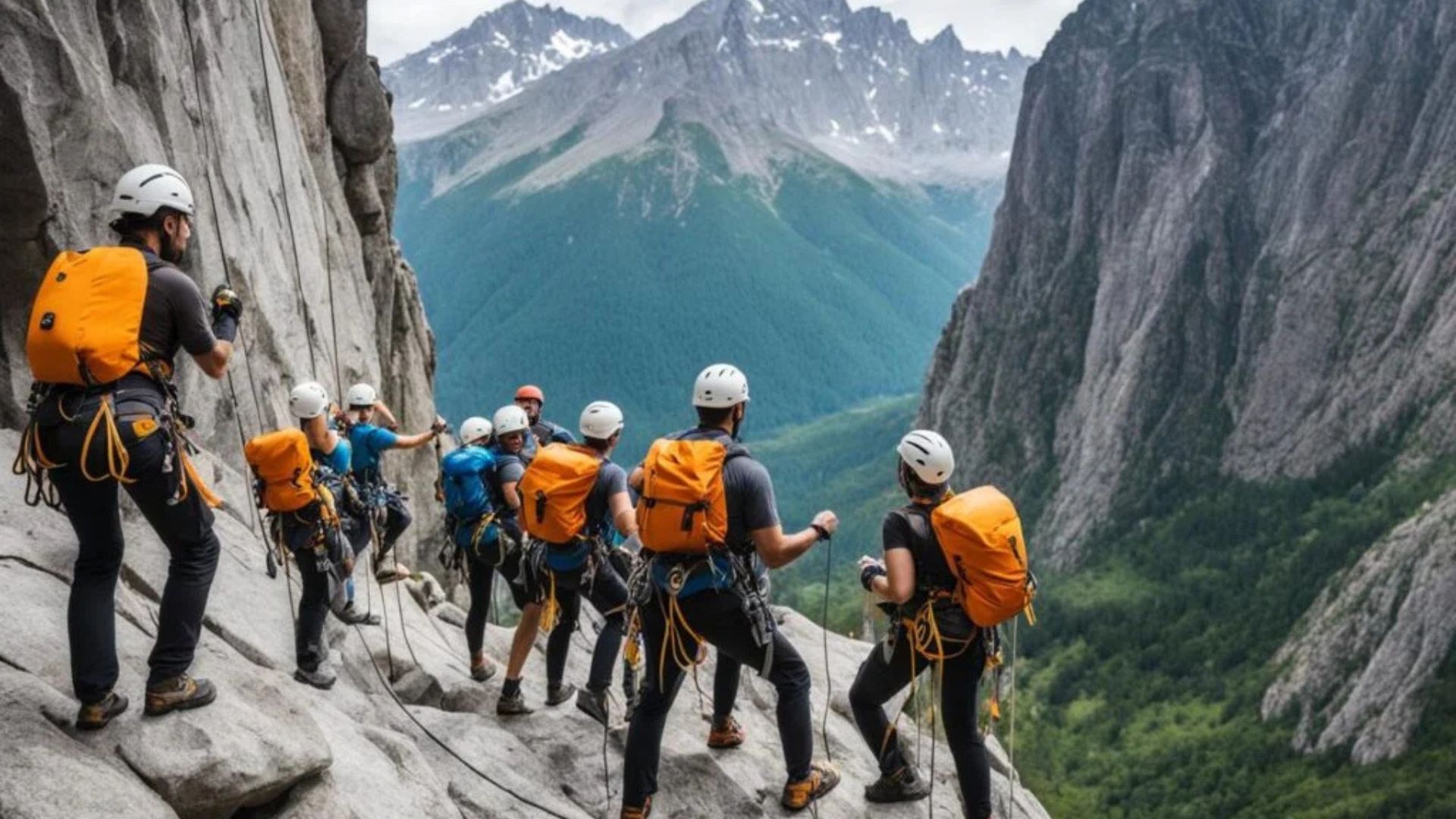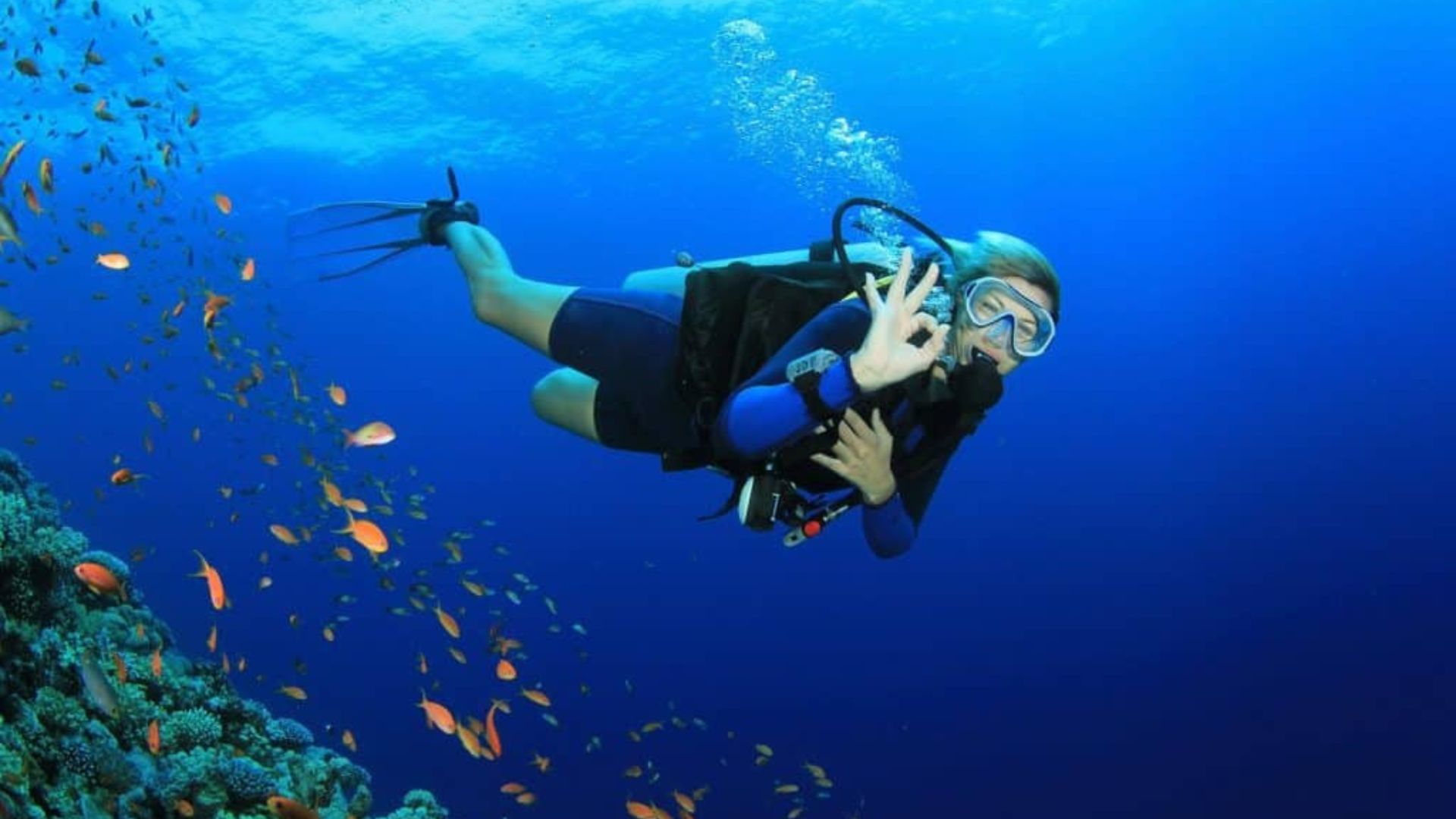Adventure activities provide an adrenaline rush like no other, but they also come with significant risks. From skydiving to rock climbing, some sports push the limits of human endurance and skill. While these activities can be thrilling, they require proper preparation and safety measures to prevent serious injuries. Here are some of the most dangerous adventure activities and expert tips on how to stay safe.
1. BASE Jumping
BASE jumping—parachuting from fixed objects like buildings, antennas, spans (bridges), and earth (cliffs)—is one of the most extreme and dangerous sports in the world. It requires precision, skill, and split-second decision-making.
Risks:
-
Equipment failure
-
Misjudged landing
-
Strong winds pushing jumpers off course
Safety Tips:
✔ Always check equipment before jumping
✔ Train with an experienced BASE jumper
✔ Study wind conditions and landing areas
2. Big Wave Surfing
Big wave surfing involves riding waves over 20 feet high, where one wipeout can mean being held underwater for minutes. The immense power of these waves makes this sport extremely dangerous.
Risks:
-
Drowning due to powerful waves
-
Collisions with underwater rocks
-
Shark encounters
Safety Tips:
✔ Use an inflatable safety vest
✔ Train in breath-holding techniques
✔ Surf with a team and have a jet ski rescue nearby
3. Free Solo Rock Climbing
Unlike traditional rock climbing, free soloing is done without ropes or harnesses. A single mistake can lead to a fatal fall.
Risks:
-
Fatal falls due to loss of grip
-
Unpredictable rock conditions
-
Muscle fatigue at high altitudes
Safety Tips:
✔ Train extensively on secured climbs before attempting solo ascents
✔ Study the rock face and memorize holds
✔ Never attempt if conditions are unfavorable
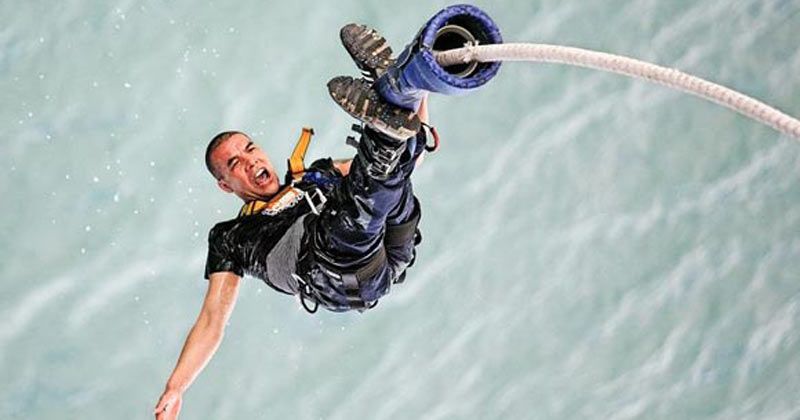
4. Cave Diving
Cave diving combines the risks of scuba diving with the unpredictability of underwater caves. Limited visibility, narrow passages, and the potential for getting lost make this sport highly dangerous.
Risks:
-
Running out of oxygen
-
Getting lost in underwater tunnels
-
Equipment malfunctions
Safety Tips:
✔ Always dive with a partner and a guide
✔ Use multiple light sources
✔ Maintain a strict air reserve rule
5. Wingsuit Flying
Wingsuit flying involves gliding through the air in a specially designed suit that increases surface area. It’s one of the most visually stunning sports but also one of the deadliest.
Risks:
-
Collision with mountains or trees
-
Unstable body position leading to loss of control
-
Parachute failure
Safety Tips:
✔ Train extensively in skydiving before attempting wingsuit flying
✔ Plan and memorize the flight path
✔ Wear the latest safety equipment, including an automatic activation device (AAD)
6. Ice Climbing
Climbing frozen waterfalls and ice-covered mountain faces is an exhilarating challenge, but unpredictable ice conditions make it one of the most treacherous sports.
Risks:
-
Ice breaking underfoot
-
Falling due to improper ice tool placement
-
Exposure to extreme cold and hypothermia
Safety Tips:
✔ Check ice conditions before climbing
✔ Use high-quality crampons and ice axes
✔ Wear insulated, moisture-wicking clothing
7. Motocross Racing
Motocross is a high-speed, high-risk sport that involves off-road motorcycle racing on dirt tracks with jumps and sharp turns.
Risks:
-
High-speed crashes
-
Broken bones and concussions
-
Risk of bike malfunction mid-race
Safety Tips:
✔ Always wear full-body protective gear, including a helmet and chest protector
✔ Train in controlled environments before attempting high jumps
✔ Check your bike for mechanical issues before riding
8. High-Altitude Mountaineering
Climbing peaks over 8,000 meters, such as Mount Everest, comes with extreme cold, altitude sickness, and unpredictable weather conditions.
Risks:
-
Frostbite and hypothermia
-
Avalanches and falling ice
-
Oxygen deprivation at high altitudes
Safety Tips:
✔ Acclimate properly to avoid altitude sickness
✔ Always climb with a guide or experienced team
✔ Carry emergency oxygen and know how to use it
9. Whitewater Rafting (Class V and VI Rapids)
Rafting on Class V and VI rapids involves navigating extremely powerful currents, waterfalls, and rocky obstacles.
Risks:
-
Being thrown out of the raft
-
Getting trapped underwater
-
Boat capsizing in strong rapids
Safety Tips:
✔ Always wear a helmet and life jacket
✔ Follow the guide’s instructions carefully
✔ Know how to swim in strong currents
10. Extreme Skiing and Snowboarding
Extreme skiing and snowboarding take place on steep, ungroomed terrain with obstacles like trees, cliffs, and deep powder.
Risks:
-
Avalanche danger
-
High-speed crashes
-
Falling into tree wells
Safety Tips:
✔ Check avalanche forecasts before skiing
✔ Wear an avalanche beacon, probe, and shovel
✔ Never ski alone in backcountry areas
Conclusion
Adventure activities offer excitement and unforgettable experiences, but they also require careful preparation and risk management. Whether you’re diving into the ocean’s depths, climbing icy cliffs, or soaring through the sky, taking proper safety precautions can mean the difference between an epic adventure and a life-threatening situation. Stay informed, train properly, and always put safety first!

